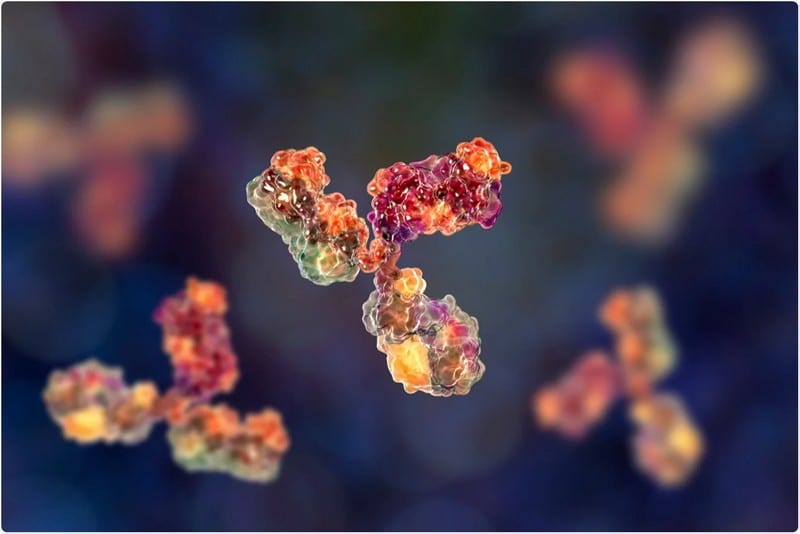Development of Autoantibodies (Inhibitors) (Acquired Hemophilia)

Another cause of hemophilia stems from the rare yet potentially life-threatening development of autoantibodies or inhibitors. This happens in acquired hemophilia (AH) cases when people with no family history of hemophilia suddenly develop an autoimmune condition. The body produces antibodies that attack the plasma coagulation factors, inhibiting the formation of blood clots and causing excessive bleeding.
Though AH is very much like congenital hemophilia, there are also two categories based on deficient clotting factors: acquired hemophilia A (AHA) and acquired hemophilia B (AHB). AH, and congenital hemophilia are also quite different.
The difference between these two types of hemophilia (AH and congenital) lies in the differing bleeding patterns. Unlike congenital hemophilia, which often results in joint bleeding (hemarthrosis), AH causes spontaneous yet several bleeding episodes, which usually start with bleeding under the skin (ecchymoses). It later progresses to hematoma or muscle bleeding. Then there’s gastrointestinal bleeding characterized by black stool (melena), followed by the presence of blood in the urine (hematuria) and bleeding in the abdominal cavity (retroperitoneal).
Acquired hemophilia is also typically associated with the following – pregnancy, cancer, multiple sclerosis, and drug reactions.










